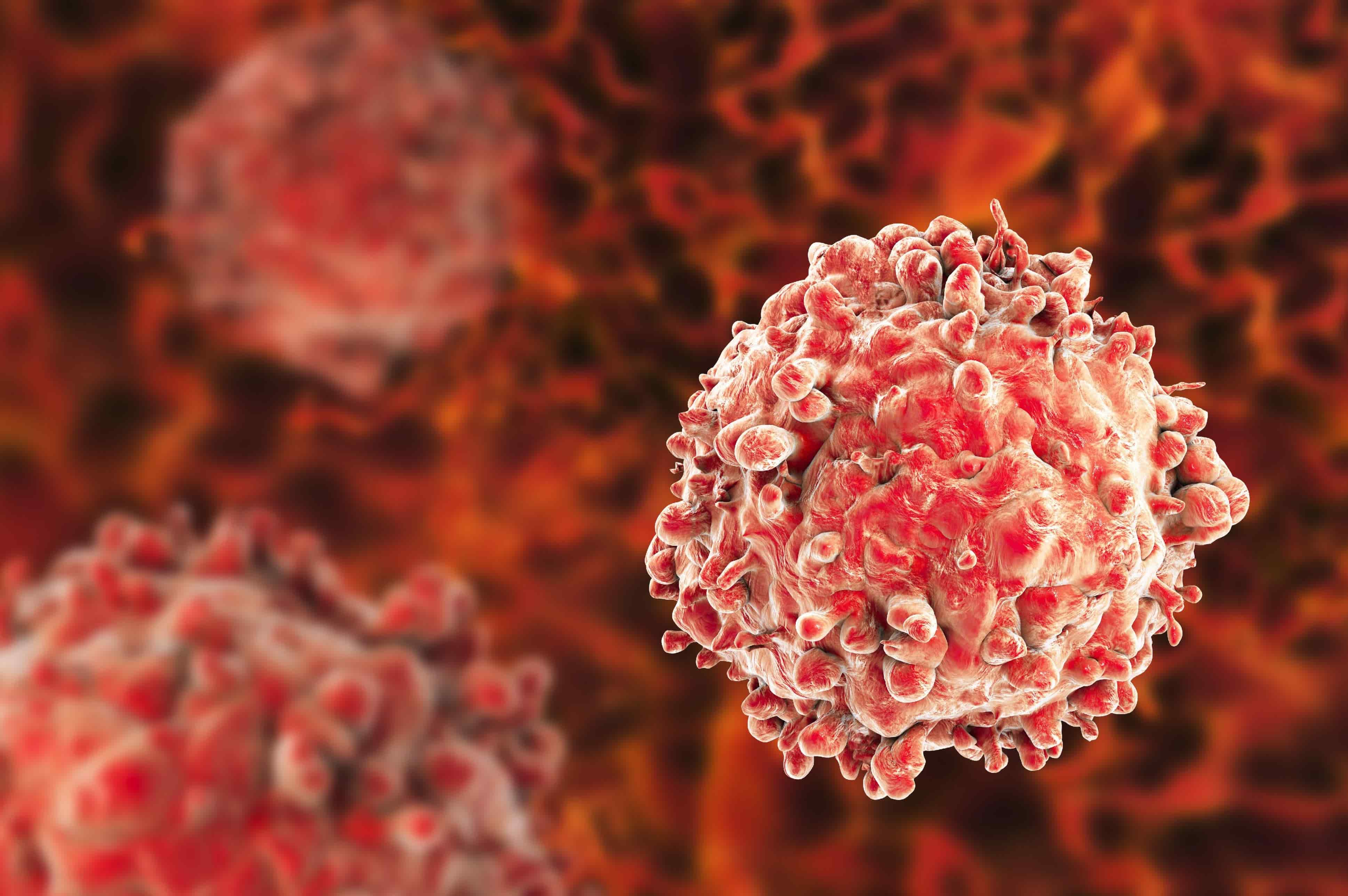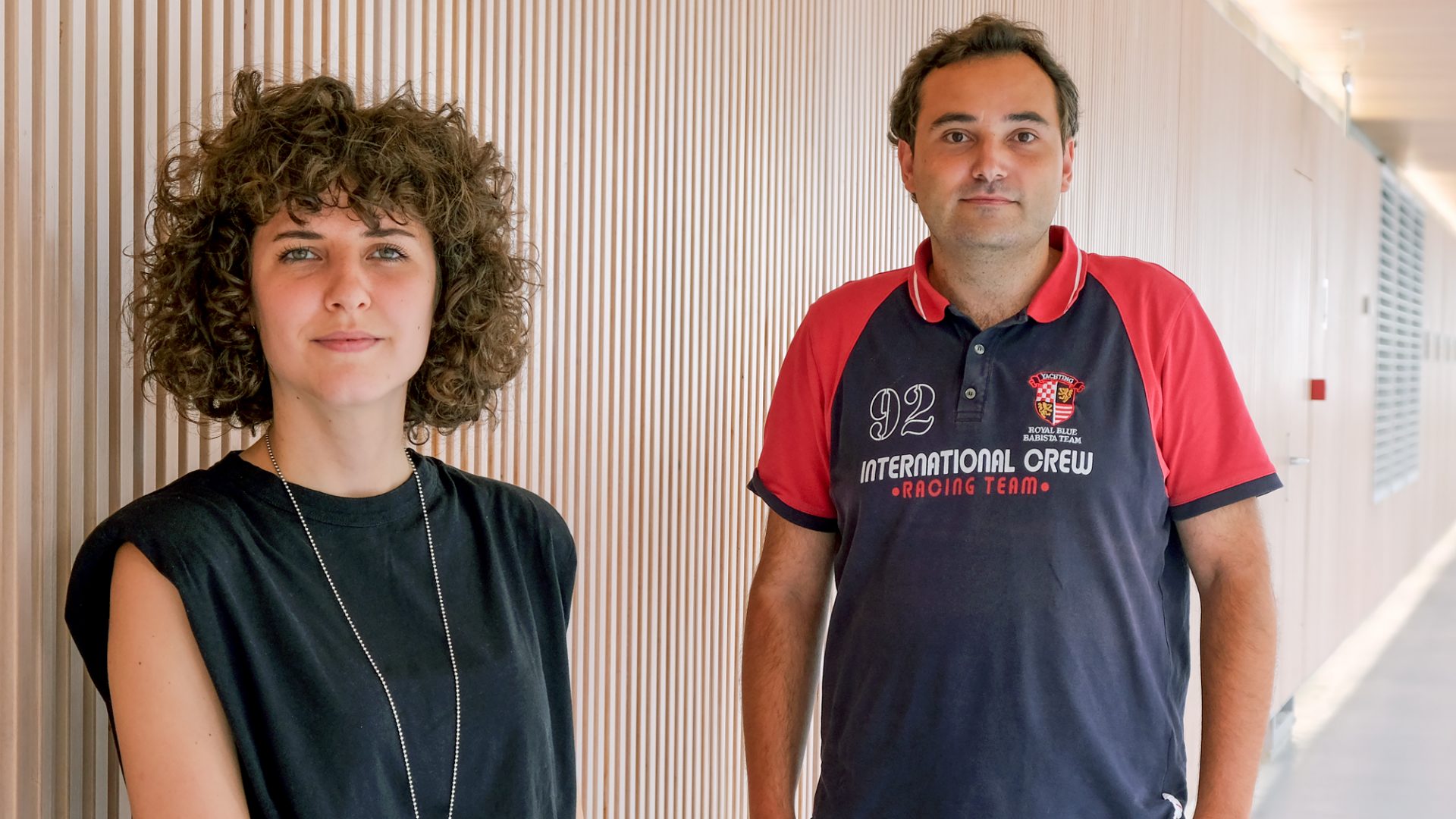
Acute Lymphocytic Leukemia (ALL) is a type of cancer that affects the blood and bone marrow. It progresses rapidly, creating immature blood cells rather than mature ones. ALL is most common in children, but adults can get it too. Symptoms often include fever, fatigue, frequent infections, and easy bruising or bleeding. Early diagnosis and treatment are crucial for better outcomes. Treatments may involve chemotherapy, radiation therapy, and sometimes stem cell transplants. Understanding the basics of ALL can help in recognizing symptoms early and seeking timely medical advice. Here are 25 essential facts about Acute Lymphocytic Leukemia to help you stay informed.
What is Acute Lymphocytic Leukemia?
Acute Lymphocytic Leukemia (ALL) is a type of cancer that affects the blood and bone marrow. It primarily impacts white blood cells, which are crucial for fighting infections. Here are some key facts about this condition:
-
ALL is the most common type of leukemia in children. It accounts for about 75% of all childhood leukemia cases.
-
Adults can also develop ALL. While it is more common in children, adults can still be diagnosed with this disease.
-
The exact cause of ALL is unknown. Researchers believe a combination of genetic and environmental factors may contribute.
-
Symptoms can appear suddenly. These include fatigue, fever, frequent infections, and easy bruising or bleeding.
-
ALL progresses rapidly. Without treatment, it can quickly become life-threatening.
Diagnosis and Treatment
Early diagnosis and treatment are crucial for managing ALL. Here are some important facts about how ALL is diagnosed and treated:
-
Blood tests are the first step in diagnosis. A complete blood count (CBC) can reveal abnormal levels of white blood cells.
-
Bone marrow biopsy confirms the diagnosis. This test involves taking a sample of bone marrow to look for leukemia cells.
-
Chemotherapy is the primary treatment. It uses drugs to kill cancer cells or stop them from growing.
-
Radiation therapy may be used. This treatment uses high-energy rays to target and kill cancer cells.
-
Stem cell transplant is an option. This procedure replaces damaged bone marrow with healthy cells.
Risk Factors and Prevention
Understanding the risk factors can help in early detection and prevention of ALL. Here are some facts about what increases the risk of developing ALL:
-
Genetic disorders can increase risk. Conditions like Down syndrome are linked to a higher risk of ALL.
-
Exposure to radiation is a risk factor. High levels of radiation, such as from previous cancer treatments, can increase the risk.
-
Certain chemical exposures are linked to ALL. Chemicals like benzene, found in industrial settings, are associated with a higher risk.
-
Family history plays a role. Having a sibling or parent with ALL can increase your risk.
-
Age and gender matter. ALL is more common in children and slightly more prevalent in males.
Living with ALL
Living with ALL involves managing symptoms and side effects of treatment. Here are some facts about what life with ALL can be like:
-
Regular follow-up care is essential. Ongoing check-ups help monitor for recurrence and manage long-term side effects.
-
Supportive care improves quality of life. This includes pain management, nutritional support, and psychological counseling.
-
Infections are a major concern. Due to weakened immune systems, patients are more susceptible to infections.
-
Fatigue is a common side effect. Both the disease and its treatment can cause significant tiredness.
-
Emotional support is crucial. Coping with a cancer diagnosis can be emotionally challenging, and support from family, friends, and professionals is important.
Advances in Research
Ongoing research is crucial for improving outcomes for ALL patients. Here are some facts about recent advances in ALL research:
-
Targeted therapies are being developed. These treatments specifically target cancer cells, sparing healthy cells.
-
Immunotherapy shows promise. This treatment boosts the body's immune system to fight cancer.
-
Genetic research is providing new insights. Understanding the genetic mutations involved in ALL can lead to better treatments.
-
Clinical trials are ongoing. Participating in clinical trials can provide access to new treatments and contribute to research.
-
Survival rates are improving. Advances in treatment have significantly increased survival rates for ALL patients.
Final Thoughts on Acute Lymphocytic Leukemia
Acute Lymphocytic Leukemia (ALL) is a serious condition, but understanding it can make a big difference. Knowing the symptoms, risk factors, and treatment options helps in early detection and better management. ALL mostly affects children, but adults can get it too. Treatments like chemotherapy, radiation, and bone marrow transplants offer hope. Research is ongoing, bringing new therapies and better outcomes. Support from family and friends is crucial for those battling this disease. Awareness and education are key in fighting ALL. If you or someone you know shows symptoms, seek medical advice right away. Early action can save lives. Stay informed, stay vigilant, and support those affected by ALL.
Was this page helpful?
Our commitment to delivering trustworthy and engaging content is at the heart of what we do. Each fact on our site is contributed by real users like you, bringing a wealth of diverse insights and information. To ensure the highest standards of accuracy and reliability, our dedicated editors meticulously review each submission. This process guarantees that the facts we share are not only fascinating but also credible. Trust in our commitment to quality and authenticity as you explore and learn with us.


